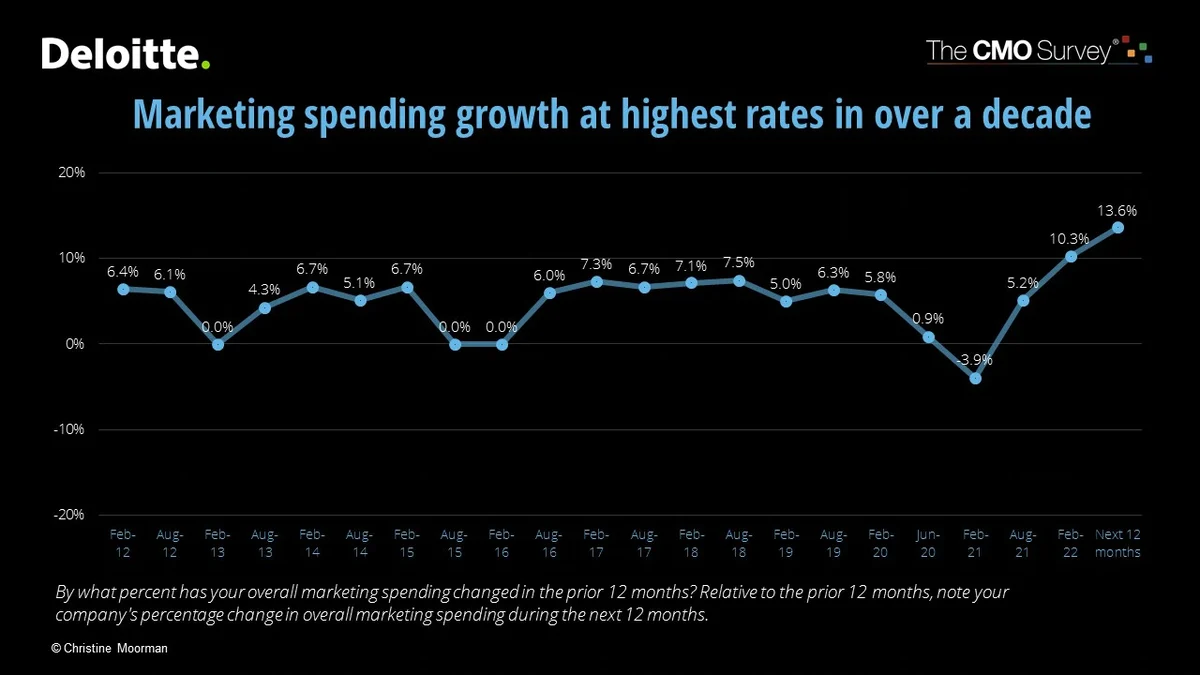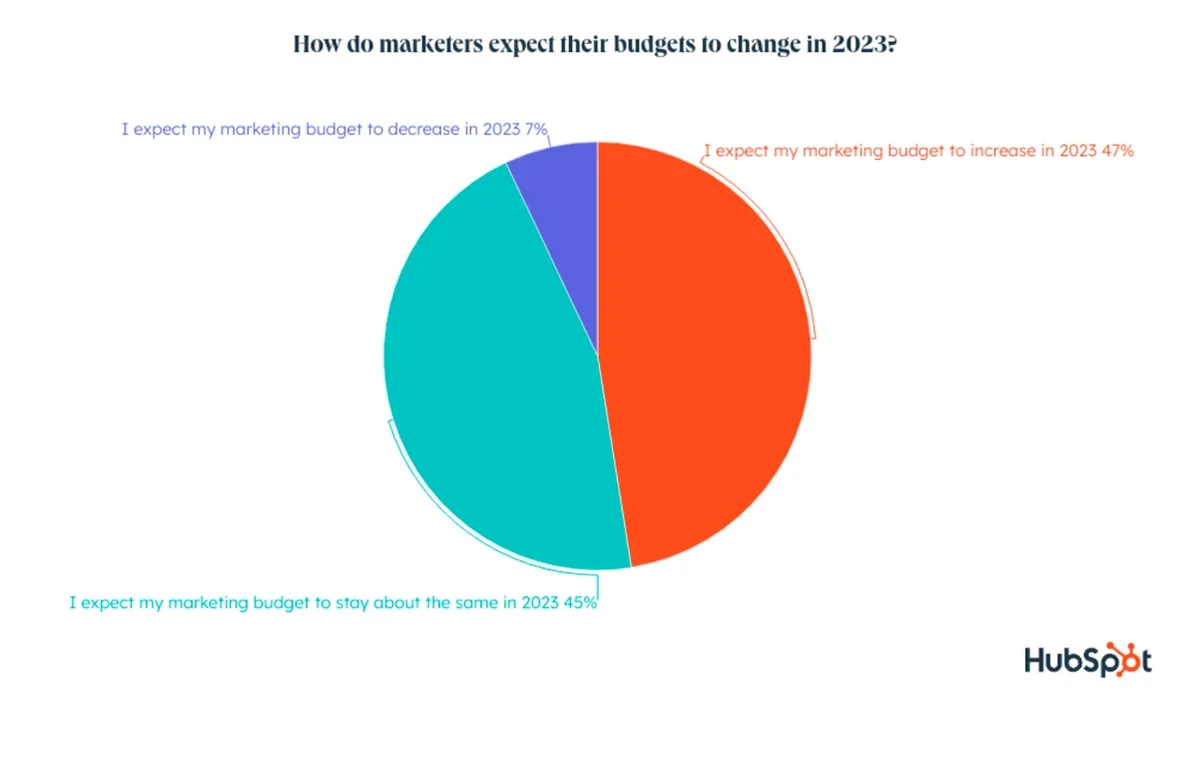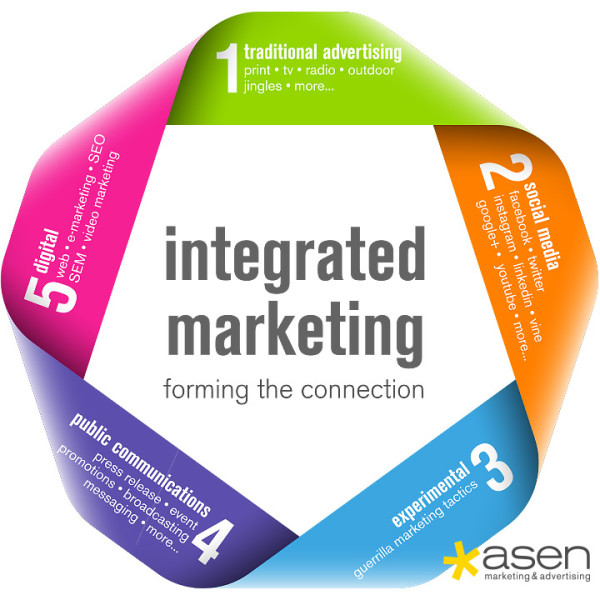What is Storytelling?
Storytelling is as old as, well the human race. Ancient cave drawings are an indication just how far back storytelling goes in humanities existence. Webster's states that Storytelling is a: “Noun: the activity of telling or writing stories.” The National Storytelling Network defines “Storytelling as an ancient art form and a valuable form of human expression.” They break it down into five parts:
• Storytelling is interactive.
• Storytelling uses words.
• Storytelling uses actions such as vocalization, physical movement and/or gesture.
• Storytelling presents a story - a narrative.
• Storytelling encourages the active imagination of the listeners.

In advertising and marketing the main point to focus on here is number four. "Storytelling presents a story - a narrative." Unfortunately the narrative or strategic point-of-difference is unknown to many in-house agency marketing departments. “Storytelling” has become an all inclusive buzzword in the industry which can mean anything to anybody, but rarely is defined as simply as telling a narrative, which it is.
The National Storytelling Network states: “Storytelling happens in many situations, from kitchen-table conversation to religious ritual, from telling in the course of other work to performances for thousands of paying listeners. Some storytelling situations demand informality; others are highly formal. Some demand certain themes, attitudes, and artistic approaches.”
So let’s talk about Storytelling in regards to branding, marketing and advertising and help those who don’t understand the craft learn what it means to the industry. But first let’s understand the consistent failure of institutionalized corporate marketing departments in regard to the subject.
Today storytelling is messaging via an agenda, not a message told via a story.
That starts with PR professionals. Public Relations departments develop communication plans, build relationships, craft messages, manage crises, conduct market research, and implement campaigns across channels. It’s a strategic discipline that requires understanding audiences, effective storytelling, and navigating complex communication landscapes. “Effective storytelling” is a relevant term in regard to PR and Crisis Management as we’ve indicated previously about the Dark Arts of the PR industry. They are not strategic campaign storytellers in regard to marketing and advertising. In-fact they know nothing about the craft as it’s literally a different discipline.

PRT, Public Relations Today, one the largest challenges the PR industry faces is ethics and authenticity. It is also something creatives in marketing and advertising do not wrestle with. This is where storytelling diverges per discipline. Nothing will destroy products, brands or services faster than exaggeration, lies or fraud in marketing. In-fact, marketing and advertising is not storytelling though 85% of in-house marketing teams believe it either is or is content. Both are incorrect. “Storytelling is a superpower that we all possess (sorry, Superman).” No, not it’s not. That’s just more doublespeak and fantasy or more specifically, buzzwords magnified. Marketing campaigns are organized, strategy efforts to promote a specific company goal. According to OK Credit “Storytelling is the art of conveying a marketing message to consumers through a narrative.” Again, it’s not. “Sharing a storyline that resonates with the thought-process of the audience is like hitting the bull’s eye. If you also aim to build a strong relationship with your consumers, make sure you share inspiring and memorable stories with them.” For those of us who actually create marketing and advertising campaigns, we know this is just more doublespeak and gobbledegook, as is the images they use to reinforce this “story.” (1) The header image for this post was part of their nonsense. It’s meaningless. It’s a stock image that I corrected. The header image should read Campaign, not Storytelling. Today storytelling is really messaging for an agenda, not a message told through story.
Storytelling is a tactic that should be part of a larger strategy anchored to a differentiating big idea. Storytelling is not a campaign.
WEF Globalist NWO Yuval Noah Harari believes Storytelling is something people should conflate to pursade and manipulate the younger generation. In regard to the World he said: "Adults, teachers and historians should think really hard to come up with big stories and big narratives for the next generation. They can alway reject them. They can always change them." But that is not how stories and storytelling should work, unless we are discussing works of fiction. It's also not how marketing should ever be created. Marketing strategies are not based on lies, ever.
The Cambridge English Dictionary states:
“An advertising campaign is a planned series of advertisements that will be used in particular places at particular times in order to advertise a product or service and persuade people to buy it or use it. It is a specific course of action designed to advertise a company, cause, or product that employs an intentional and carefully coordinated series of marketing tools in order to reach the target audience. The end purpose of any ad campaign is to boost awareness of the subject matter and generate demand.”
Notice what is missing in this well defined, accurate definition? Storytelling. The reality is Storytelling is an overused buzzword by most in-house marketing departments who fail to understand what conceptual big idea creative campaigns are or that they are what is needed to build awareness, create consistency, maintain conversion and attain company goals.

Storytelling in terms of in-house marketing departments consists of a broken tactical only approach via fractured bits of content sent out in mass without unique strategic relevance or big ideas behind them. Headline Culture or click-bait are other phrases for this approach. In-house marketing teams are have unknowingly redefined storytelling and created something more along the line of "Story Yelling" by bombarding consumers with irrelevant messaging that lacks strategic points-of-difference and branded truths. As 2023 wanes and transforms into 2024 marketing budgets are increasing, but the disfunctional approach in-house marketing team implement has not improved. Stop Story Yelling. Start marketing with big integrated conceptual ideas that are strategically unique to your business.
What is an Integrated Marketing campaign?
Integrated marketing communications is the process of coordinating your marketing channels in order to advertise your products or services, usually through a coordinated campaign. Integrated marketing also ensures that your primary brand message is continuously communicated across all of your marketing channels and assets. While the goals of integrated marketing campaigns can differ, they should all have one thing in common: they should all be working together to create a consistent marketing approach and not a fragmented tactical one. (2) This proactive approach ensures messaging that is clear and consistent across all consumer touch-points.

So while many in-house marketing departments are racing daily to get out that next email or social media post or worse producing video in two or three days, start planning to think bigger. Take steps to ensure that not only your customer, but your team understands a single minded message. Stop Story Yelling and start marketing from an integrated approach.
If you're a company looking to create an original, integrated marketing campaign to expand brand awareness and scale contact Kevin Amter. His internationally awarded work for Code 217 and dozens of other Fortune 100 brands will strategically move your company in a winning direction.
SOURCE LINKS:
(1) The Importance of Ethics and Authenticity in a PR Career(2) Components of Successful Integrated Marketing Campaign
Subscribe For More